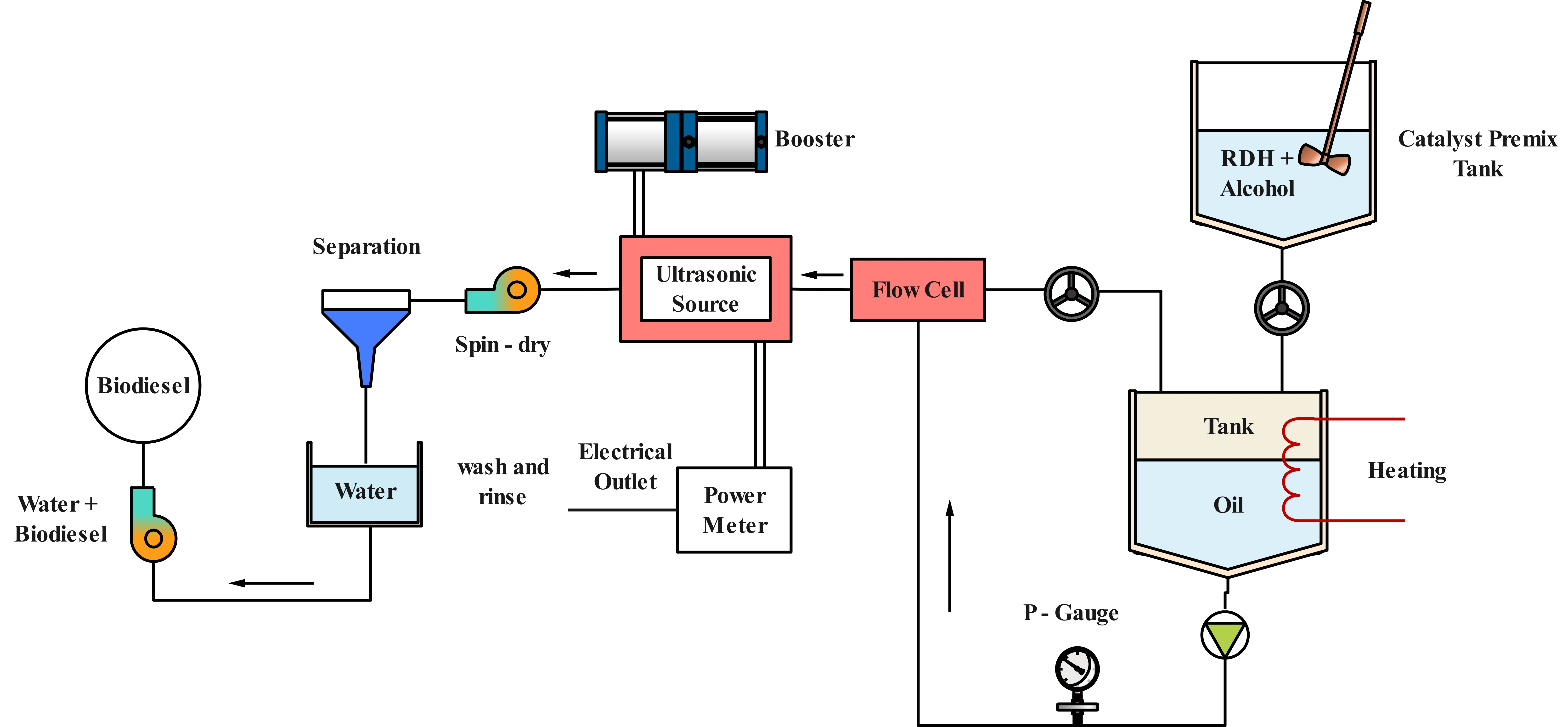
The production of biofuels in several nations has increased dramatically in recent decades. Their characterization necessitates the use of distinct assessment methods. A commercial diesel specimen is compared to the properties of the biodiesel using electrochemical impedance spectroscopy, linear scanning voltammetry, and open circuit potential. During the biodiesel production process using homogeneous catalysts, emissions of volatile organic compounds (VOCs) and particulate matter can occur. VOCs and particulate matter are harmful air pollutants that can have negative health impacts on humans and the environment. Here, ultrasound was employed to propel a transesterification process among palm oil and methanol. High performance liquid chromatography (HPLC) measures triglyceride conversion into biodiesel; a molar ratio of 7:1 of methanol to oil (M:O) and a reaction period of 80 minutes at 60◦C yields a 94.16% yield. There was 1g of potassium hydroxide catalyst for every 100g of oil. The open circuit potential (OCP) values for biodiesel samples were frequently below 810 mV, and the stabilization periods were less than 2 minutes, as shown by linear sweep voltammograms (LSV). In order to better understand the properties of biofuels and related materials, electrochemical impedance spectroscopy (EIS) was created and it discovered a capacitive system with a typical impedance of MΩ cm2 at low frequencies. ctrochemical impedance spectroscopy (EIS) was created and it discovered a capacitive system with a typical impedance of MΩ cm2 at low frequencies.
Total file downloads: 6